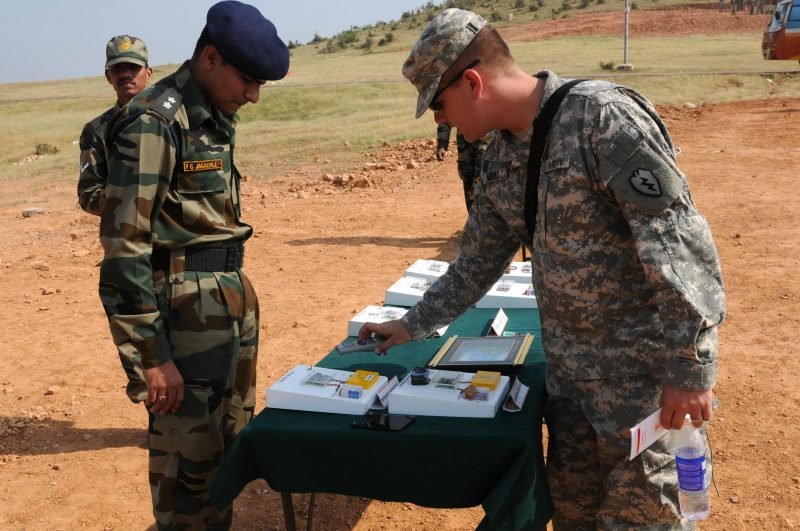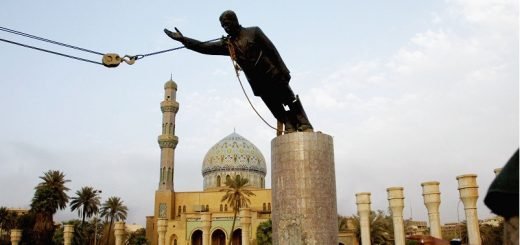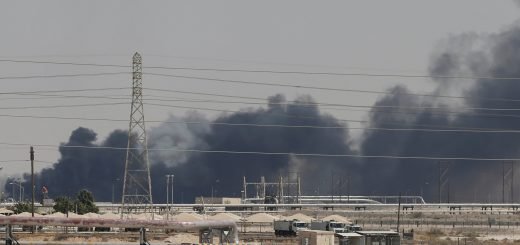US-India 17th Yudh Abhyas 2021 amidst Chinese nuclear tests

Averting the perils and menances of national security, US foreign policy has witnessed paradigm shifts in recent years. Apprehending the swift maneuvering of military expeditions and proliferating use of objects in the power play game by China, the US administration has concentrated largely on invigorating its geo-political ties with nations, holding strategic importance in both the Indian and Pacific Ocean.
The last decade, from the Obama administration to Trump, have seen the inclined efforts of the USA in building strategic multifaceted partnerships with the Indian subcontinent, shoving away all the pangs of disparity of the Cold War. The 17th edition of Yudh Abhyas 2021, the only bilateral India – US military exercise, began at the Joint Base Elmendorf Richardson, Alaska, US. Adhering to enhance the understanding, cooperation and interoperability, both the military powers have exchanged ideas, knowledge, practices and shared tactical skills in an extremely cold climate.
The joint military drills commenced from October 15, 2021 and are likely to terminate on October 29th, under the protocols laid down by the UN. As members of QUAD, Combined Arms Manoeuvring and Counter Terrorism Strategies are the two main dimension of this particular phase of the joint operation. As per the official reports released by the ministries of both the nations, 300 US personnel of First Squadron Airborne wing, 40th Cavalry Regiment and 350 Indian Army soldiers of 7 Battalion of Madras Regiment.

To have a dearth for nuclear assets has added weightage in the armed race, Washington is perturbed by the recent state of affairs surrounding hypersonic missile technology and its operational administering by China and Russia, amidst the bilateral military exercise in Alaska. The threat lies in navigating these modern weapons of warfare and what range do the potential hazards lie in the aftermath of a tactical combat. Expressing concerns over the potential dangers of such long range space vehicles, U.S. disarmament ambassador Robert Wood addressed a press gathering in Geneva, stating the feasibility to develop similar counter devices to defend one’s homeland, given Russia and China is heavily arming itself with equipment that may violate the traditional practices of justified war as prescribed in the Geneva Convention. He further called for the attention of international communities particularly China and the Russian Federation, whether they are militarily stabilised enough to handle the repercussions of modern hostilities of armed struggle. While China has rejected allegations regarding successful testing of supersonic weapons, the CPC released an official statement of development of space vehicles and its routine testing.
To counter challenges from the Chinese government, while the largest running joint military expedition between India and US is still underway, Biden’s government should aim largely at bolstering pre-existing relations with India and work closely to support each other largely in the domains of defence and economy. With 2021 coming to an end, India and the US have undertaken two bilateral military exercises, the former being held in the Indian grounds of Mahajan Field Firing Ranges in Bikaner, Rajasthan in February, as an added progression of increasing military cooperation, camaraderie and peace process.



















